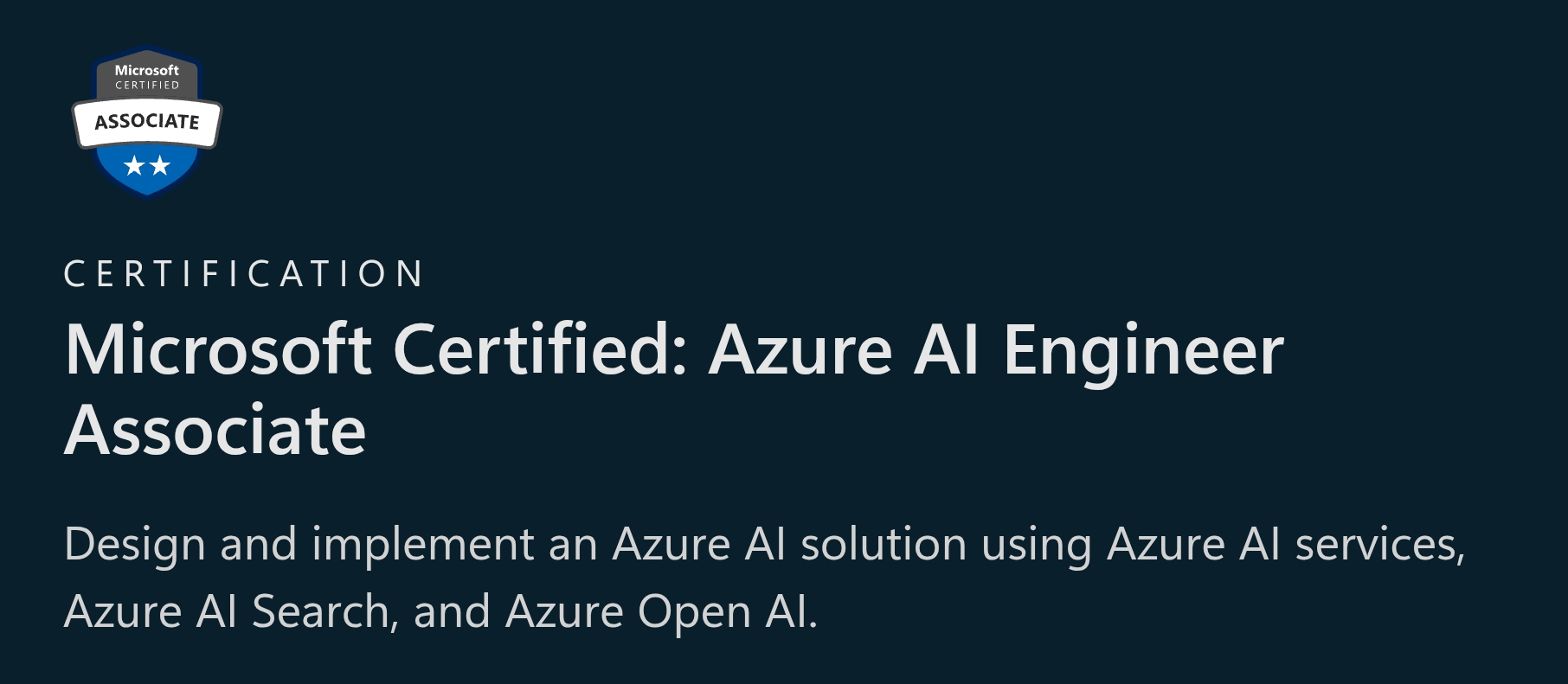AI-102: More Than an Exam — A Map of AI Possibilities

I recently passed the Microsoft AI-102: Designing and Implementing an Azure AI Solution exam — though just by a whisker. It was one of those experiences that remind you how broad the AI landscape has become.
The toughest part wasn’t the theory. It was the sheer number of AI services you’re expected to know — what each one does, how they differ, and when to use them. Add to that a set of coding-style questions that test practical familiarity, and you realise: unless you’ve built and deployed solutions hands-on, the concepts alone won’t carry you through.
If you’re preparing for this exam, here’s what I found matters most:
Do the labs. Reading or watching videos won’t wire the knowledge into muscle memory. Spend time building solutions using Cognitive Services, Language Studio, Azure OpenAI, Custom Vision, and the rest.
Understand the why, not just the what. Every service exists to solve a slightly different problem — recognising when and why to use each is the key.
Expect real-world design questions. These scenarios force you to think like an architect, not a developer ticking boxes.
One side benefit — and perhaps the biggest value for senior engineers and tech leads — is that this exam serves as a catalogue of AI possibilities. You end up seeing the full spectrum of what can be built: from computer vision to conversational AI, from document intelligence to custom embeddings. It sparks new ideas for how to combine services into real solutions.
So yes, AI-102 is challenging. But if you treat it as an exploration, not an assessment, it becomes a creative journey — one that leaves you with both certification and inspiration.